From Manual Handling to Automation: The Future of Zebrafish Embryo Workflows
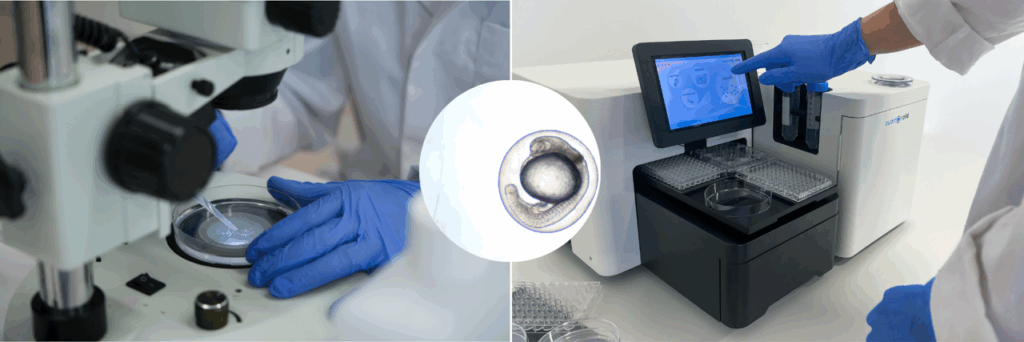
Handling zebrafish embryos may seem simple, but doing it at scale is often a real challenge. This month’s article explores how workflows are shifting toward automation to support higher throughput, better reproducibility, and streamlined research processes. Introduction Current Workflows in Zebrafish Embryo Research The Role of Automation Applications in Drug Testing, Toxicity & More Conclusions […]
EvoDevo in Zebrafish: Bridging Evolution, Development, and Drug Discovery
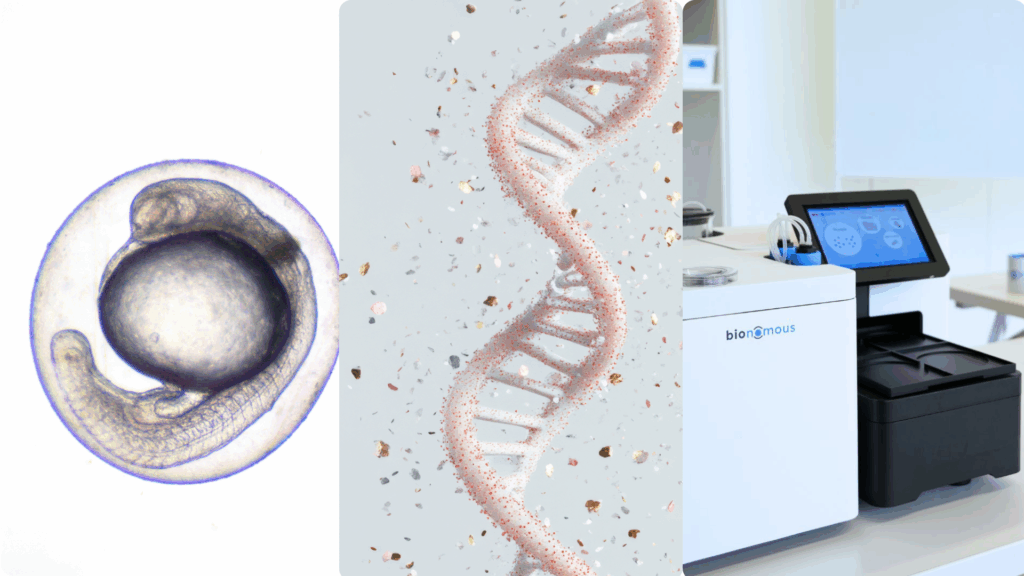
Evolutionary Developmental Biology, also known as EvoDevo, explores how developmental processes shape evolutionary change. Zebrafish, with their unique genetic and developmental features, have become a cornerstone for EvoDevo research and a powerful tool for drug discovery and toxicity testing. This article introduces the science behind EvoDevo, the advantages of zebrafish as a model, and how […]
Behind the Tanks: Zebrafish Research Meets Automation
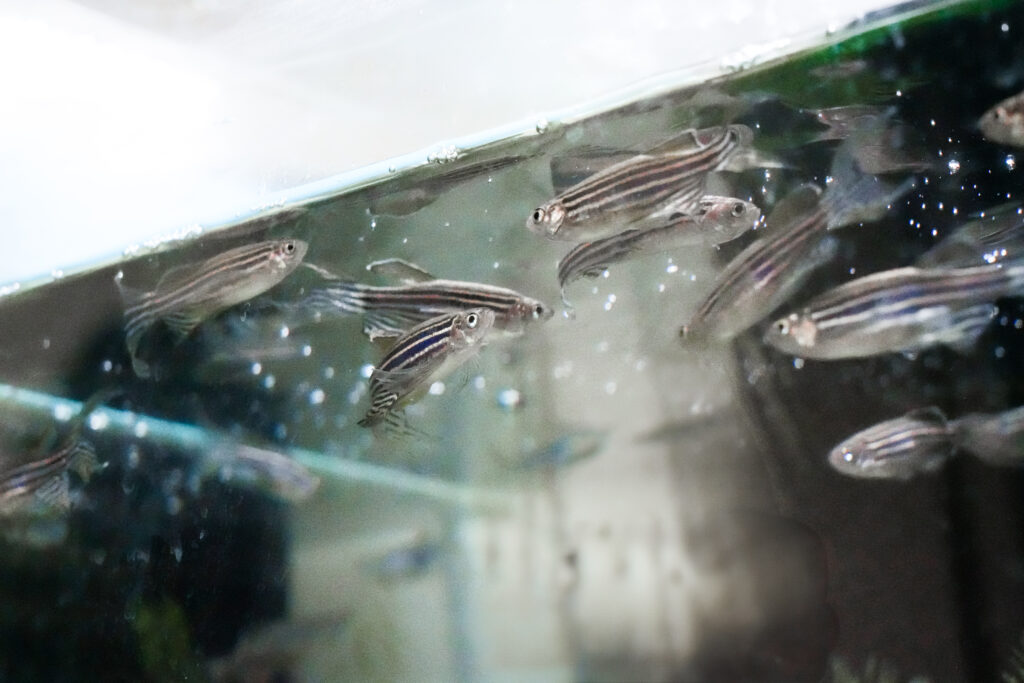
Ever wondered what life looks like inside a zebrafish research facility? From rows of clear tanks to the daily routines of dedicated scientists, these labs are where small fish make a big impact on biomedical discovery. In this exclusive interview, we go behind the tanks with one of our partner facilities to explore how automation […]
How can zebrafish eggs help us understand climate change?
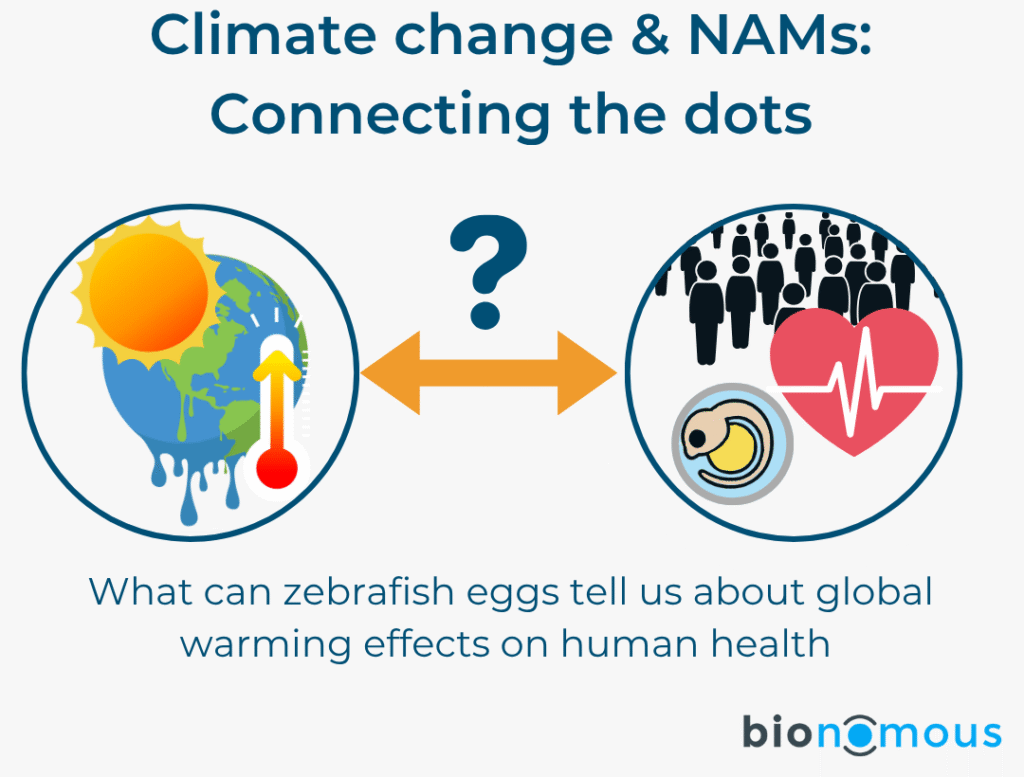
The last decade was the hottest on record, and its consequences go far beyond melting glaciers. Climate change is disrupting ecosystems, threatening food security, and putting human health at risk. To address these complex challenges, scientists need research tools that are not only robust and predictive but also ethical and scalable. That’s where New Approach […]
From promise to practice: Why alternatives to animal testing aren’t yet scalable

As described in last month’s article, New Approach Methodologies (NAMs) and Non-Animal Technologies (NATs), like organoids or fish eggs, are transforming the landscape of biomedical research, toxicology, and drug development. By offering human-relevant insights while reducing or replacing animal use, they hold the promise of more ethical, predictive, and cost-effective science. So, what’s limiting their […]
Towards a future beyond animal testing?

As spring fades into summer and nature bursts into full bloom, it is a fitting time to reflect on scientific approaches that promote innovation while advancing more ethical and sustainable research practices. This past spring was filled with events and initiatives that energized the research community and accelerated the development of forward-thinking solutions. Among them, […]
Verena Zimermann, zebrafish and the Jazwinska Group
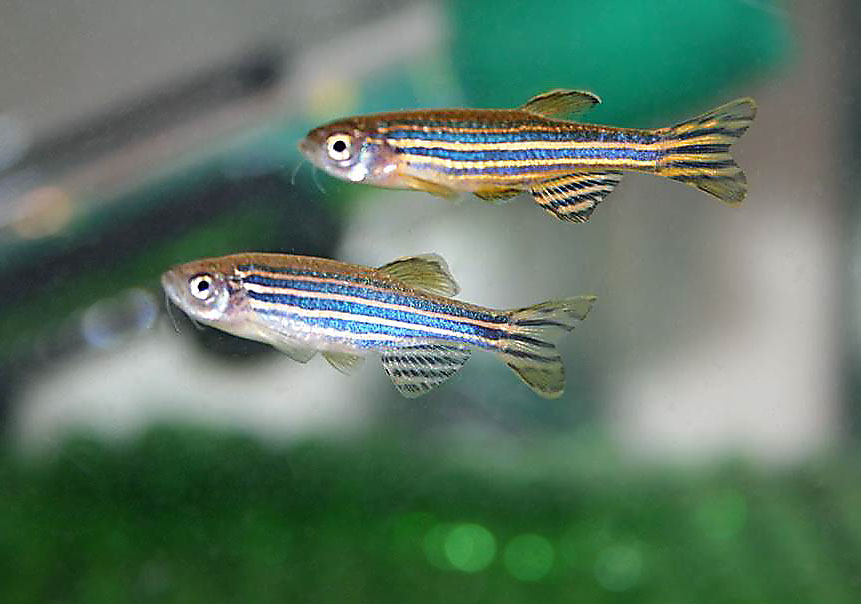
New year, new beginning! That is particularly true for Verena Zimmermann, who retired in December 2024 from her role as a laboratory technician at the Jazwinska Group (University of Fribourg, Switzerland). Verena’s career The Jazwinska Group Verena’s retirement References Verena’s career Before joining the Jazwinska Group, Verena had worked for both companies and academic research […]
Single and ready to mingle: zebrafish mating protocols
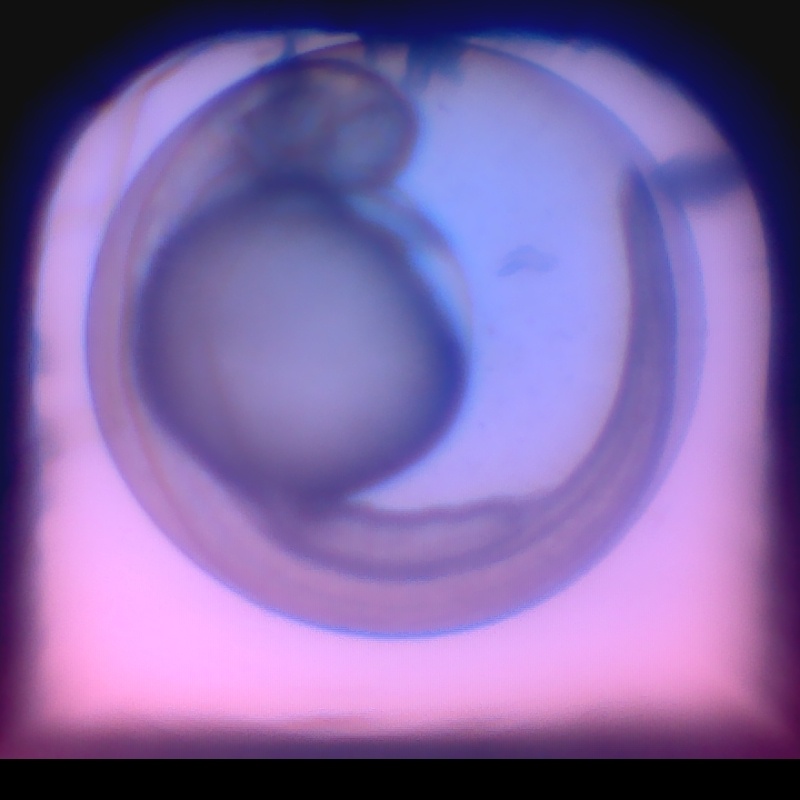
Zebrafish are social fish, used in research notably for their ability to produce large numbers of offspring. At the end of this month under the sign of love, we are going to present to you the mating process of zebrafish and how laboratories and fish facilities manipulate this natural process to obtain many eggs at […]
Creativity in zebrafish research
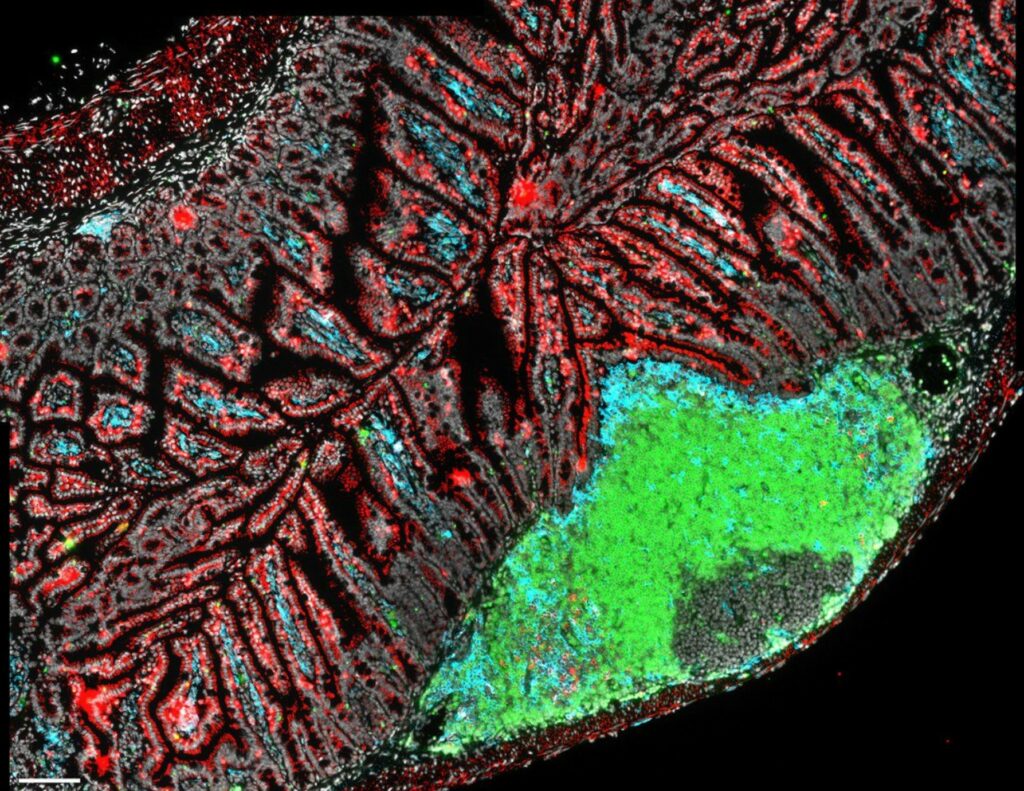
In the USA, January is characterized by creativity. In fact, the creativity month celebrates outside-the-box-thinking, the expression of ourselves and the innovations. To match with this idea, we decided to highlight some original uses of zebrafish and related technologies, for which researchers have had to be creative. Some of them are: the use of zebrafish […]
Do zebrafish get bored?

November is ending and in this period of late autumn people often have difficulties finding activities to keep them occupied. Rainfall and cold force us to stay at home and without inside activities, we can easily get bored. And what about zebrafish in their tank? Can they also get bored? This article of the month […]